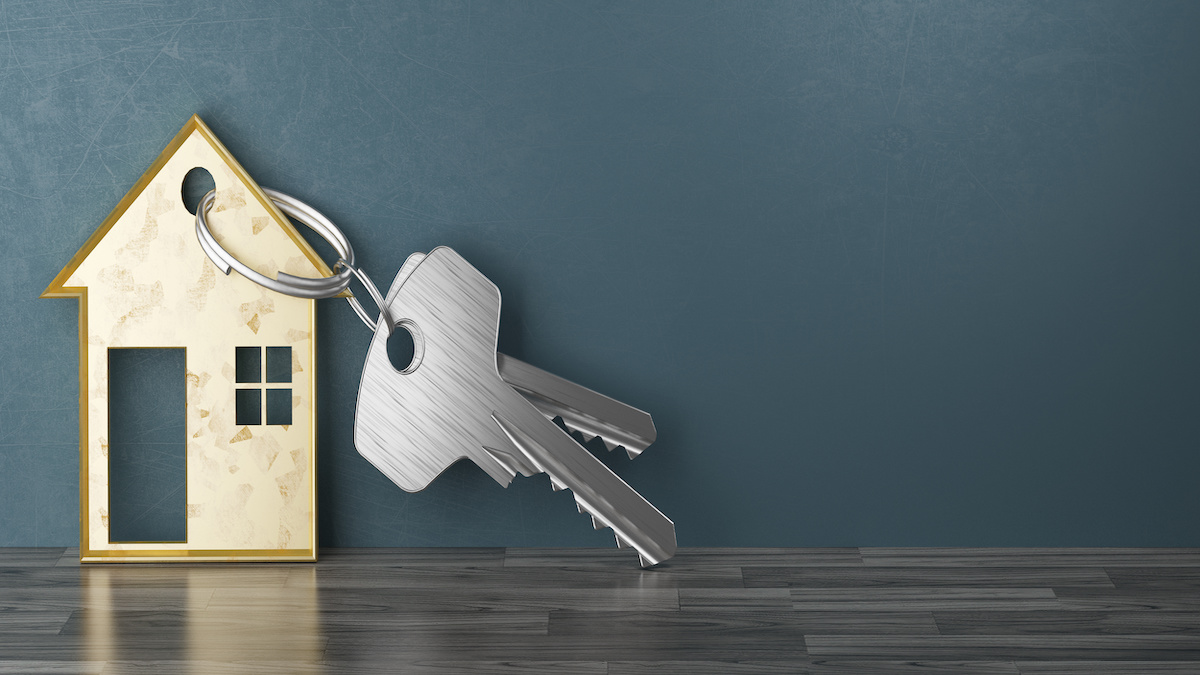The U.S. finds itself in a “troubling environment” for bolstering Black homeownership as evidenced by two key — and lagging — metrics. This is according to the 2024 State of Housing in Black America (SHIBA) report published this month by the National Association of Real Estate Brokers (NAREB).
“The two best-performing demographics for African Americans — Black female-headed households and millennials — both declined in home sales in 2023,” the organization explained in an announcement of the report’s findings.
The national Black homeownership rate continues to significantly lag behind the white homeownership rate at respective rates of 45.7% and 74.3% in 2023. The peak Black homeownership rate of 49% occurred in 2004, meaning there has been a sharp drop in the past 20 years.
“The 2024 SHIBA report confirms that we are in a state of emergency with Black homeownership,” NAREB President Courtney Johnson Rose said. “The SHIBA report underscores that there has been little progress in increasing Black homeownership. The past two years have been tough, but even before 2021, Black homeownership was either falling or stagnant and remains far from its pre-2004 high of nearly 50%.”
Rose singled out the declines in mortgage applications and originations among Black millennials as an exceptionally poor sign of the trajectory of Black homeownership, since that cohort of homebuyers contributes significantly to long-term wealth accumulation for Black families.
“When [millennials] slow their home purchases, it curtails opportunities for intergenerational wealth,” she explained. “Their success determines the aggregate potential for future Black homeownership increases.”
The report also said that potential Black homebuyers are too often shut out of the opportunity to participate in the market.
“Black mortgage applicants are turned down more often than whites; Blacks are more likely to receive high-cost home loans than their white counterparts on similar properties, and houses in Black neighborhoods are less likely to be appraised at the same values compared to similar homes in white communities,” the report found.
Additionally, the report finds it “alarming” that a strong Black presence in the labor market is “not prompting increases in homeownership or narrowing the wealth gap.”
Lower-income Black and white mortgage applicants were also found to be paying higher interest rates in general than those of greater means, the report said. This “underscores the urgent need for reforms to reshape the nation’s housing finance system so it can help the families that need it most,” NAREB stated.
In 2023, there was a notable pullback in the number of applications and approvals for home loans among all racial and ethnic categories, with “a particularly notable drop” occurring among white applicants, NAREB said. This development has “significant implications for the housing market.”
Black applicants faced more headwinds compared with their white counterparts when confronted with mortgage denials. These occurred for Black applicants at a rate of 17%, more than double the rate for white applicants (7%).
The rate of Black women applying for mortgages has also fallen, the report found.
“Until 2021, there had been a steady rise in the number of applications from Black women since the Great Recession,” the report reads. “In 2022, there was a noteworthy shift, and the number of applications began declining. By 2023, applications submitted by Black women decreased by 24% from 2022.”

